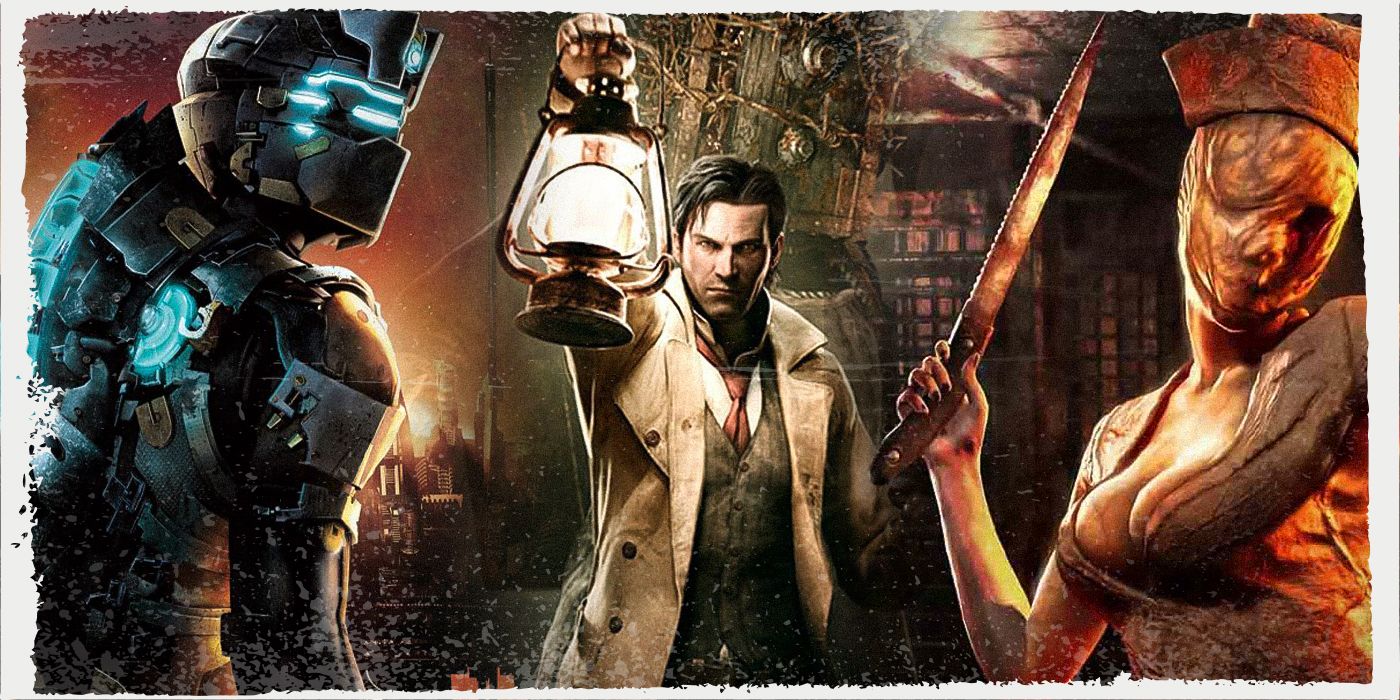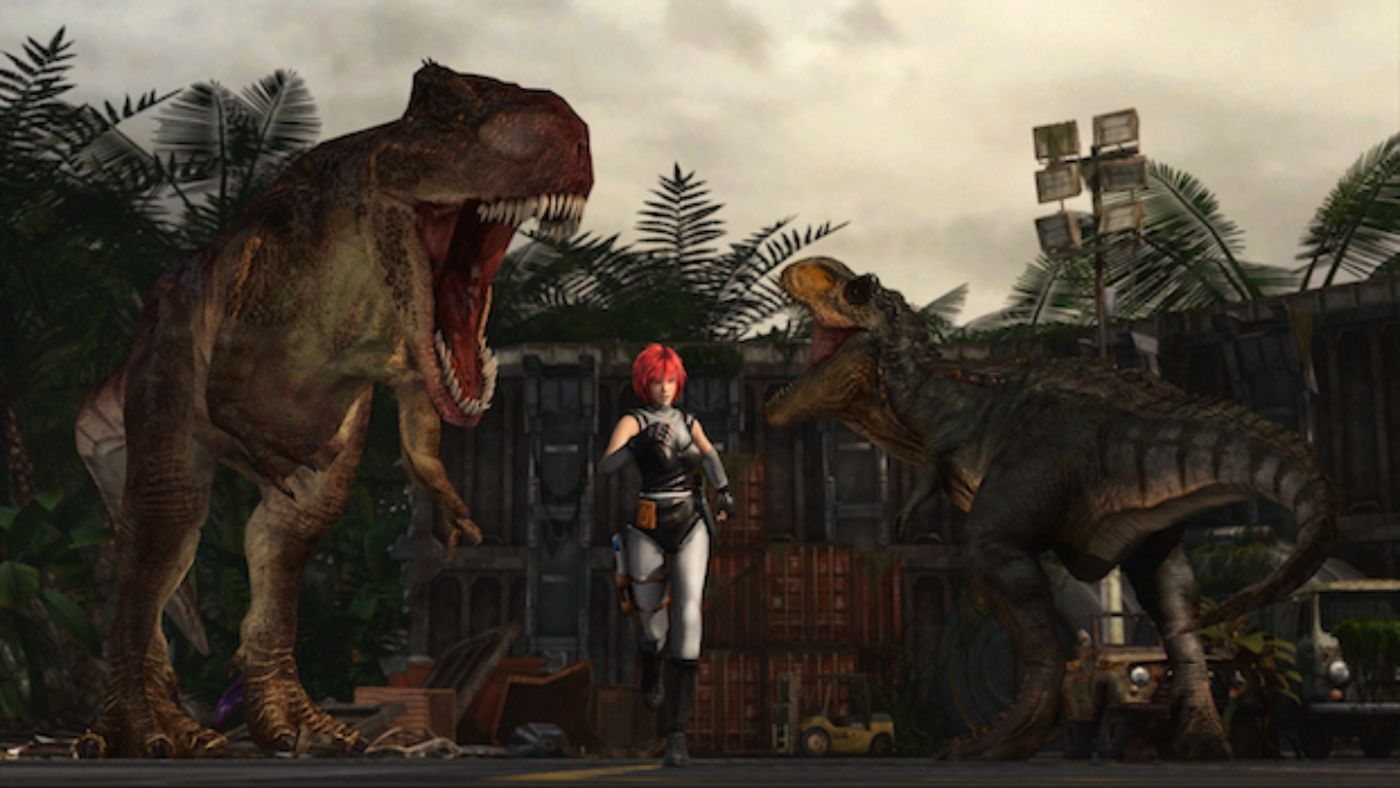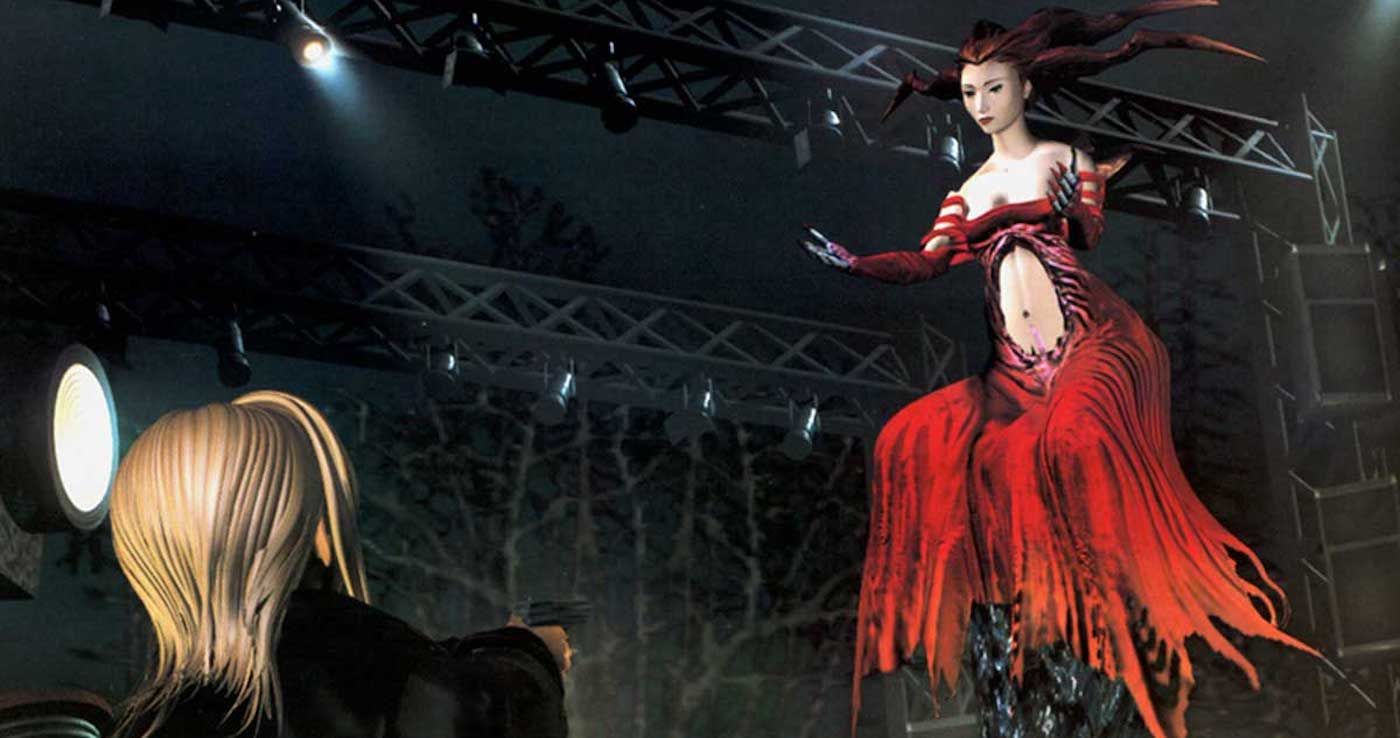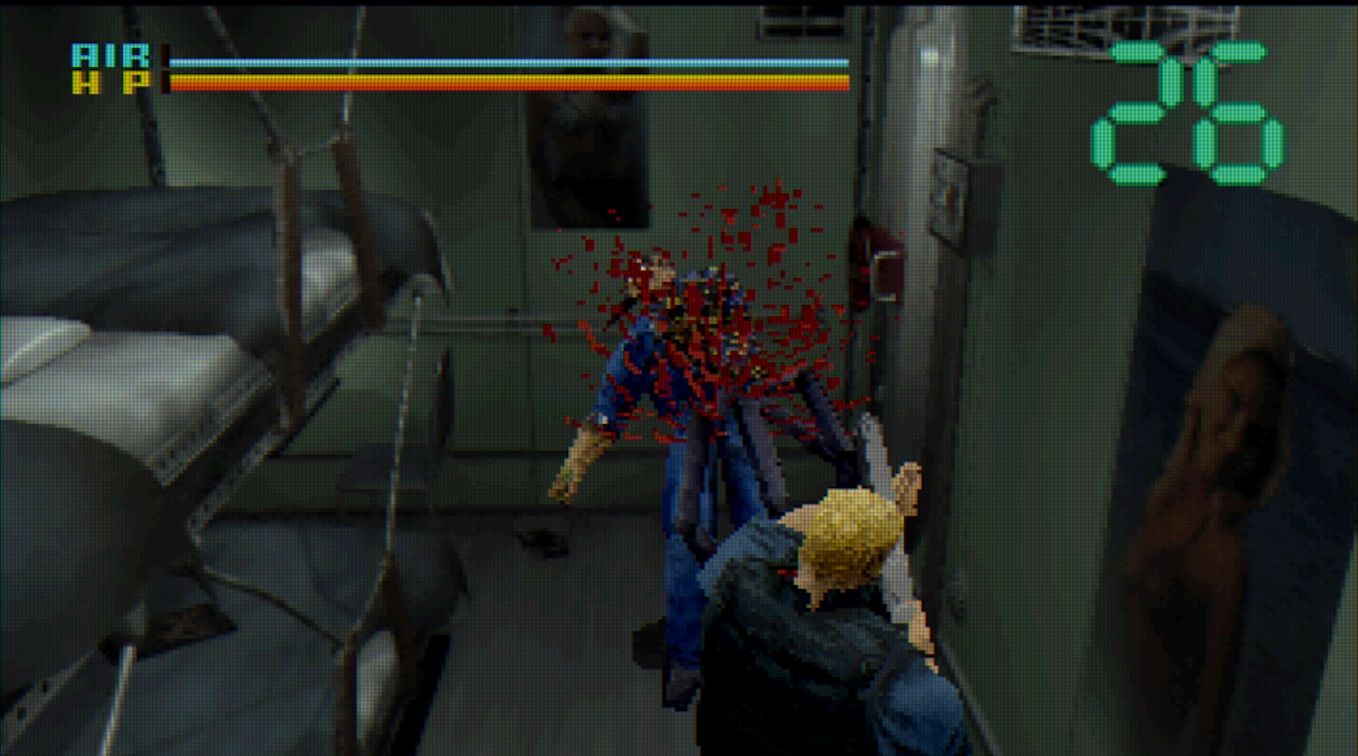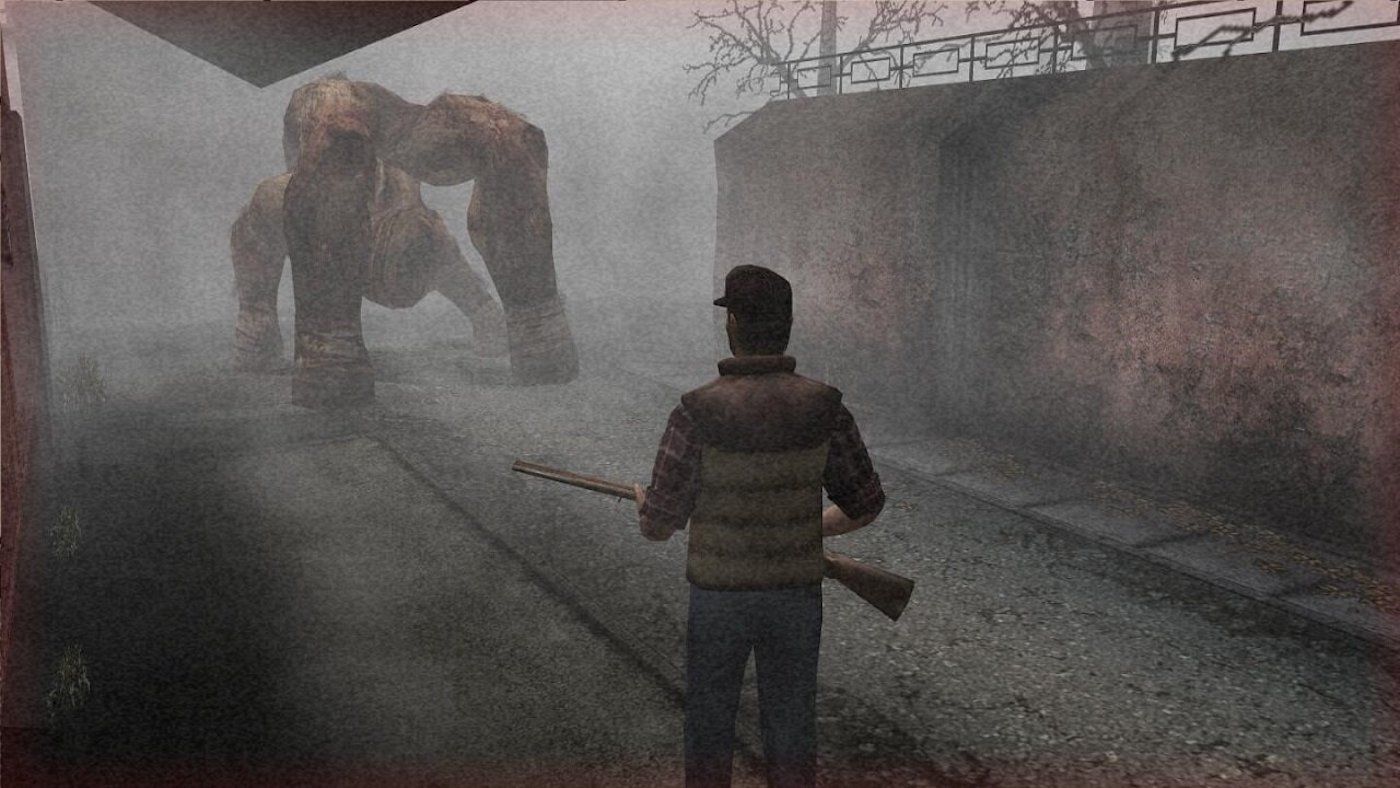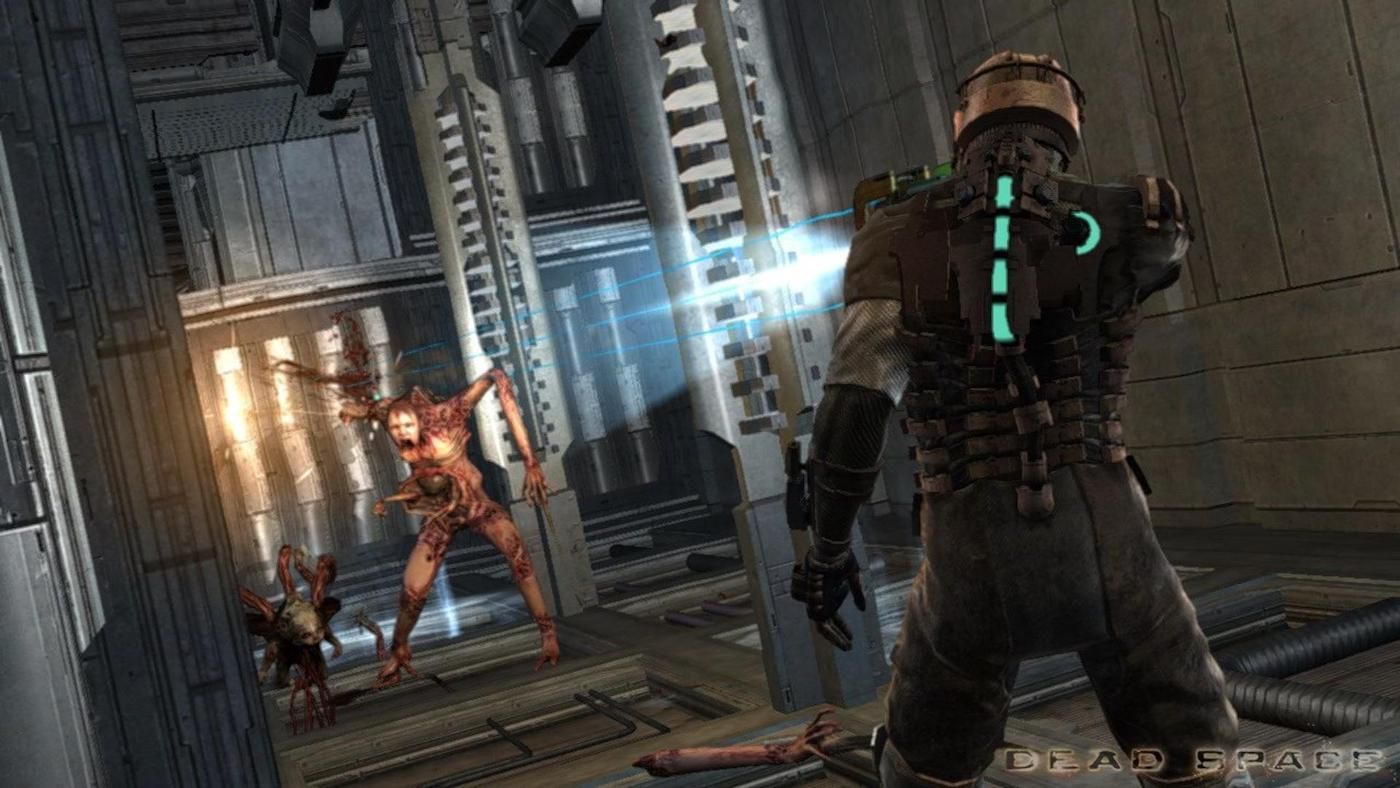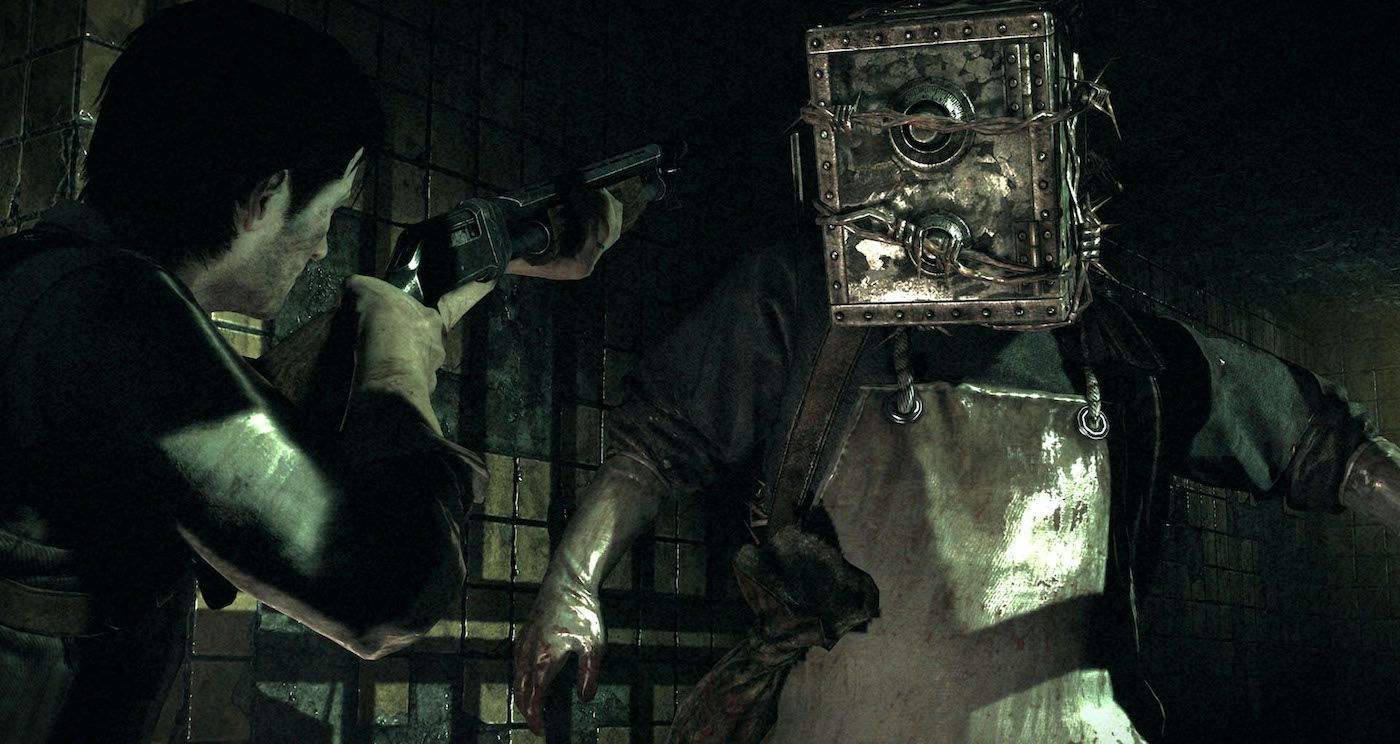Inspired by games such as their previous Sweet Home or Infogrames' Alone in the Dark, Capcom aimed to make a 3D horror game and inadvertently birthed one of the most well-known franchises in the gaming industry. Since its inception, Resident Evil has born the namesake of several games, movies (both animated and live-action), novels, comics, and even a stage play. The term "Survival Horror" hit the mainstream thanks to the series' success, and players worldwide still share the stories of their favorite moments throughout the games (zombie dogs and a certain hallway are often remarked on).
As enjoyable as Resident Evil titles can be, sometimes gamers need a little bit of a break from one series in particular. That being said, if they still want the Resident Evil feeling without returning to the games outright, these titles are certainly worth a look.
Dino Crisis
A clash between Resident Evil and the beloved 90s trope of dinosaurs in all forms of media, Dino Crisis was helmed by Capcom and Resident Evil director, Shinji Mikami, and kept its survival horror roots while presenting a new threat to its heroes. Gone are the ravenous undead and bio-organic weapons, replaced with rampaging carnivores from when dinosaurs roamed the Earth. The core gameplay of Resident Evil remains intact, but there are a few tweaks and implementations that give it a different experience.
The story follows Regina, a special operative part of a team known as SORT (Secret Operation Raid Team). After a SORT agent named Tom is deployed to a remote island, he reports that a scientist who was previously thought to be dead is heading a weapons project on a facility on the island. SORT moves quickly, sending Regina and her comrades (Rick, Gail, and Cooper) to the island to bring the wanted scientist into custody. However, they are met with the likes of Velociraptors, Pterodactyls, and an incredibly persistent Tyrannosaurus Rex. One of the best parts of Dino Crisis is something it borrows partially from Resident Evil; multiple endings. There are core moments throughout the first game that influence the game's ending. Based on player's choices, they can barely escape the island facility or uncover the truth of the program taking place.
Parasite Eve
Developed and published by Square (now Square Enix), Parasite Eve blends survival horror gameplay with RPG elements and a little bit of a noir edge. Produced by Final Fantasy creator Hironobu Sakaguchi, the game is a sequel to a novel of the same name by Hideaki Sena.
The story follows a police officer named Aya, who is investigating a rash of spontaneous combustions. One night at Carnegie Hall, Aya witnesses the entire building's inhabitants catch fire inexplicably with the exception of her, her date, and a stage actress named Melissa. The actress shifts into a monstrous form and escapes, stating that her name is now Eve. Aya treks across many notable locations in New York City in an attempt to track down Eve and discover her sinister plans. One of the most interesting aspects of this game is its New Game + mode, which features the ability to enter the Chrysler Building and navigate 77 floors of the building full of (mostly) randomized gameplay. The main game doesn't have a ton of replayability, but the myriad floors of the Chrysler Building will keep players going for quite some time.
Deep Fear
This little entry from Sega is similar to the first Resident Evil game in a way that it probably doesn't want to be compared: The voice acting. Deep Fear's voice cast is so rough it takes any seriousness out of the game's tone pretty quickly. Paired with some less-than-savory visuals, Deep Fear is more of a laugh riot than a horror game. However, if you play it through the lens that it's a parody of Resident Evil, it's likely a much more enjoyable experience.
Deep under the surface of the ocean, a small capsule lands near a naval station known as The Big Table. The capsule houses a chimpanzee with a slowed metabolism, but also something much more sinister from beyond the stars. A combination of cosmic radiation and bacteria causes the inhabitants of The Big Table to mutate into monsters. John Mayor, an ex-Navy SEAL, and member of the civilian ERS (Emergency Rescue Service) is dispatched to rescue the inhabitants of The Big Table. The game features the tank controls common in Resident Evil but also sports an air mechanic. Each room has a certain amount of air that slowly declines over time or after the player fires their weapon. If the air runs out, Mayor may end up in danger from more than one source. Items such as an oxygen mask or air grenades can ensure that John Mayor continues to breathe while he guns down enemy mutants.
Silent Hill
Resident Evil's most prominent competitor for a long time in the survival horror space. Silent Hill's first two titles are a masterclass in atmospheric horror. Much of the early series' appeal puts a premium on building up dread in players. Jump scares aren't anywhere near as prevalent as they are in Resident Evil, relying on scares from little details and eerie locations and audio. It may disappoint the more action-oriented Resident Evil fans, but there are more action-packed titles later in the Silent Hill franchise to attempt to scratch that itch as well.
Most of the games in the series concern the titular town of Silent Hill, Maine. Wrapped in a thick otherworldly fog and packed with cultists and horrific creatures (many of which represent the psychological states of the protagonists), players must traverse the nebulous town and the chill-inducing Other World while attempting to stay alive. Its comparisons to Resident Evil aside, Silent Hill's early titles are horror game classics on their own.
Dead Space
For fans of later Resident Evil games such as Resident Evil 4, 5, and 6, Dead Space takes an over-the-shoulder survival horror approach to the deep reaches of space. One of the better releases by Electronic Arts in the horror genre, the first game's story follows an engineer named Isaac Clarke, who is searching for his girlfriend Nicole on a derelict resource mining ship named the USG Ishimura after the ship he was traveling on crashes into the vessel. As Isaac combs the derelict vessel, he is almost constantly hounded by undead abominations known as Necromorphs. Isaac's psychological health also declines over the course of the game.
Much of Dead Space's praise comes from its gameplay elements. With enemies that mutate and change their behavior based on the damage received, a lack of a heads-up display, and a lack of set spawn points for the Necromorphs, the game creates a persistent high-tension environment. The story has more than a few interesting directions it goes in as well, and dismembering Necromorphs doesn't grow old quickly. Dead Space is both visceral and intense, and it's worth a look for the fans of Resident Evil's action-heavy middle entries.
The Evil Within
The spiritual successor to Resident Evil, The Evil Within was created by Shinji Mikami and provides solid action alongside a mind-bending narrative and environment. Using guns, melee weapons, and even stealth, protagonist and detective, Sebastian Castellanos, must use all the tools he has access to in order to survive a nightmare world rife with traps, monsters, and fearsome bosses.
The game heavily leans into utilizing the environment while also picking your battles carefully. Resources are scarce much like in Resident Evil, and not every enemy needs to be taken down to advance through the game's chapters. Much like Resident Evil, ammo and item conservation is key, especially when taking on The Evil Within's bosses. If you're an avid Resident Evil fan, there are also tons of references baked into the game's enemies, cutscenes, and environments. They're not too deep in the weeds, and they add a little flavor from the series creator to the game's mix. It's not a perfect game, but lovers of Resident Evil will see Mikami's indelible fingerprints all over this title.

